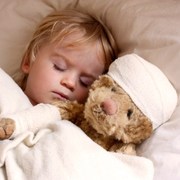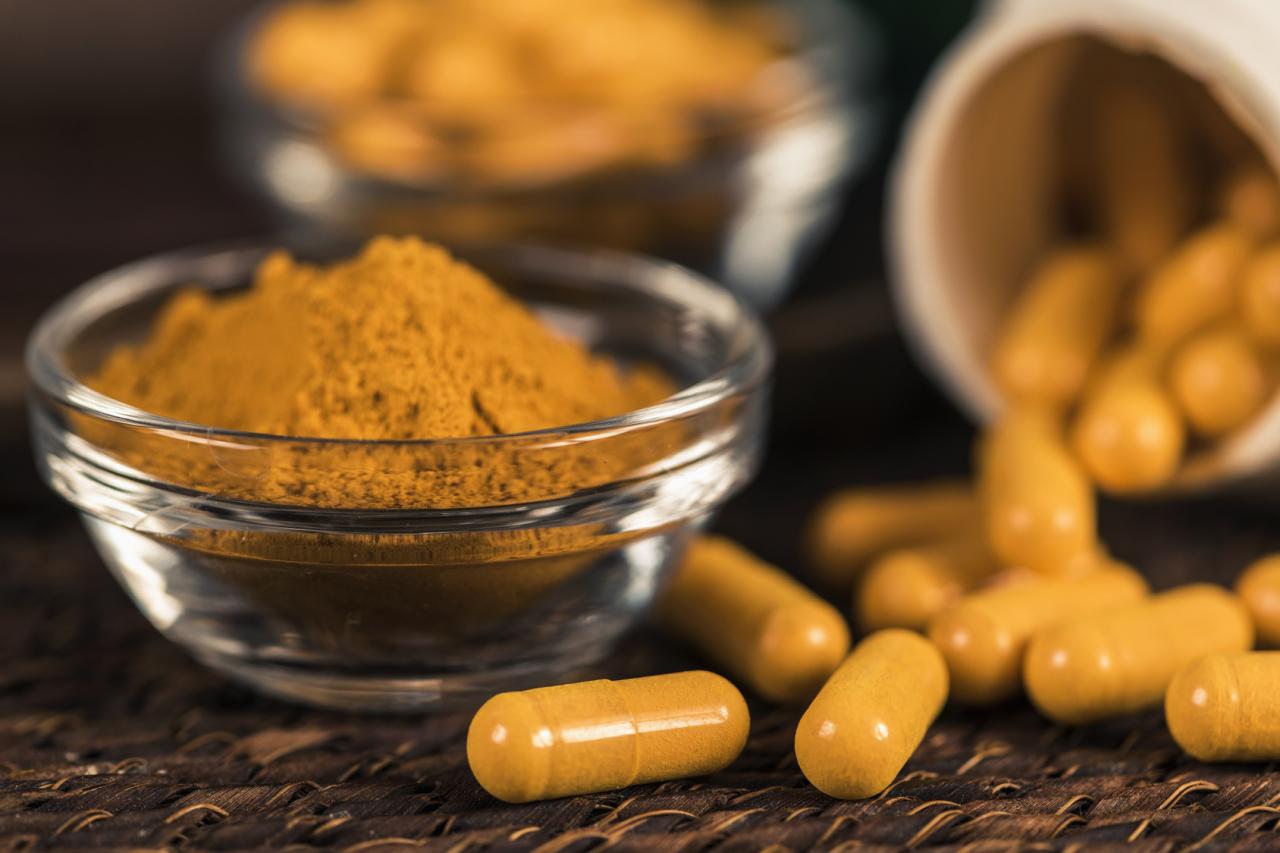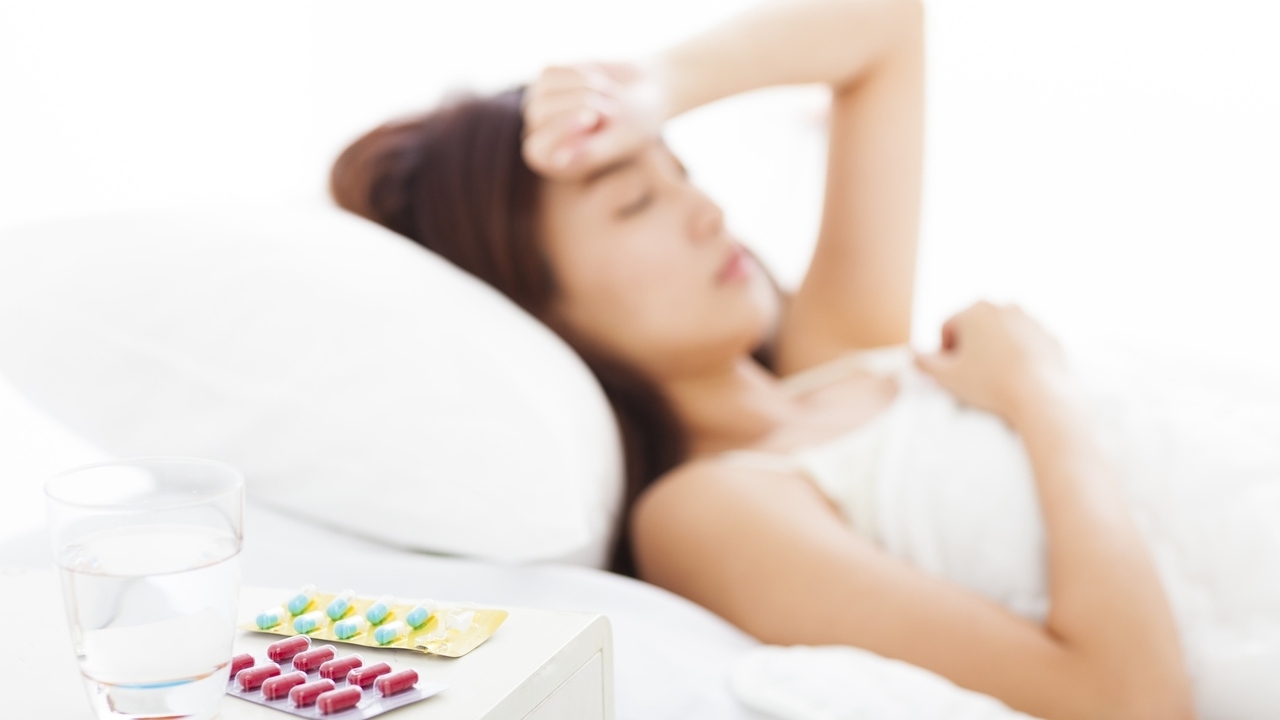 Photo: Getty Images
Photo: Getty Images
Migraines are sometimes thought of a disorder that affects adults but they also affect up to 10 percent of school-aged children, with the average age of onset being only six years old. Migraines also occur in children in preschool, though they are rare.
Migraines can be caused by a number of different things including:
• Stress – problems at school or home life.
• Sleep deprivation – if the child goes to bed too late, gets up at night or wakes up too early.
• If your child is fussy with his food, the lack of food can lower his blood sugar and trigger a migraine.
• Weather changes – some people get migraines when there is cold weather or storms.
• Diet – children tend to like junk foods, which are typically full of additives or monosodium glutamate (MSG). These additives can cause migraine in some children.
• Medications – certain medications may cause migraines. ADHD drugs are a known trigger of childhood migraines. Many medicines aimed at children also contain aspartame, such as children’s Tylenol and Panadol. Though aspartame is another trigger of migraines, it is put into children’s medicines because it is a sweetener and enhances the taste of the medicine.
• Menstruation – girls can develop migraines at the onset of their menstrual periods, as some migraines are triggered by hormones. At puberty, migraines become three times more common in girls.
• Family history – if a child has relatives with a history of migraines, he is more likely to suffer from them.
How You can Tell if Your Toddler has a Migraine
Preschool children may not tell you they have headaches but they may look sick, cry, become irritable, have abdominal pain, vomit and a sensitivity to bright lights. If your child exhibits any of these symptoms, please seek medical attention as the symptoms may mean another, more serious illness and you need to rule this out.
Preventing migraines
Avoiding all the triggers is the best way to prevent a migraine. Making sure your child goes to bed early and establishing a sleep routine, as well as encouraging regular, nutritious meals could help.
Fresh food is best. Check all labels of food that contain aspartame or E numbers. If your child resists eating vegetables, you could blend them into a soup or chop them up into very tiny pieces and disguise them in other foods.
Another idea for very young children is to make the vegetables into a face so that they will be visually attractive to the child, or pair them with a dip that he enjoys. If he doesn’t like fruit, you could put his favorite yogurt or additive-free custard on the top or make smoothies.
If your child is having problems at school, speak to the teachers to see if the matter can be resolved. Sometimes classroom assistants can work with children who are struggling.
The school might also have a counseling service your child can attend. If the problem is long-term or your child is being bullied, you could consider removing your child from school.
Don’t give him fever medicines with aspartame or MSG (use another brand or tepid sponging or an electric fan instead).
If he has ADHD medication, speak to your doctor to see if this can be changed.
Girls with menstrual migraines could also benefit from healthy eating and getting more sleep. Anti-inflammatory painkillers can also be taken prior to the migraine starting to either prevent it or lessen the pain. In severe cases, hormone therapy such as a hormone patch or the pill may be offered.
Sources:
Migraines in Children and Adolescents, Cleveland Clinic. Web. 23 October 2011. http://my.clevelandclinic.org/disorders/headaches/hic_migraines_in_children_and_adolescents.aspx
Migraine in Children, Patient UK. Web. 23 October 2011. http://www.patient.co.uk/doctor/Migraine-in-Children.htm
Migraine Triggered by Periods, Patient UK. Web. 23 October 2011. http://www.patient.co.uk/health/Migraine-Triggered-by-Periods.htm
Migraine MLT-Down: An Unusual Presentation of Migraine in Patients With Aspartame-Triggered Headaches, The Journal of Head and Face Pain, Volume 41, Issue 9, pages 899–901, October 2001. Abstract: http://onlinelibrary.wiley.com/doi/10.1111/j.1526-4610.2001.01164.x/full
Reviewed October 24, 2011
by Michele Blacksberg RN
Edited by Malu Banuelos






Add a CommentComments
There are no comments yet. Be the first one and get the conversation started!